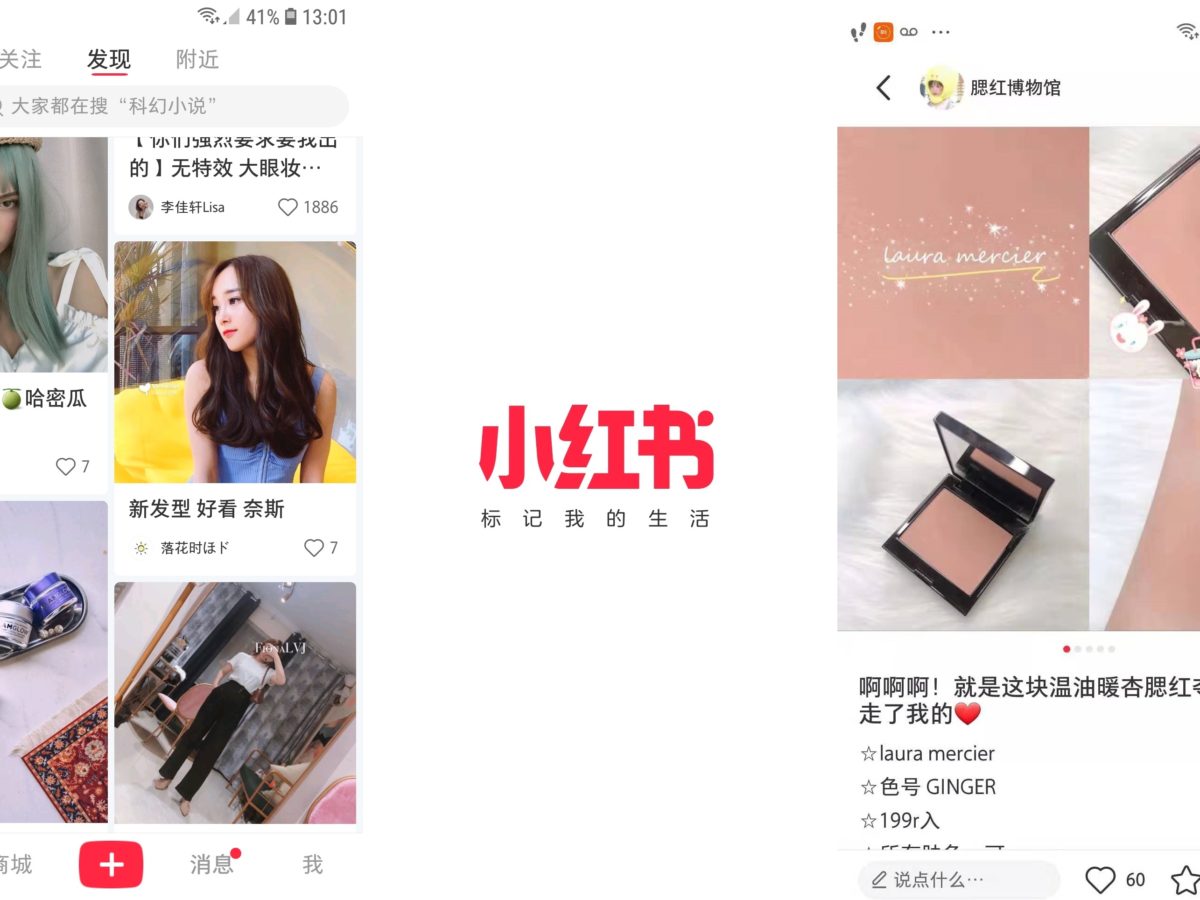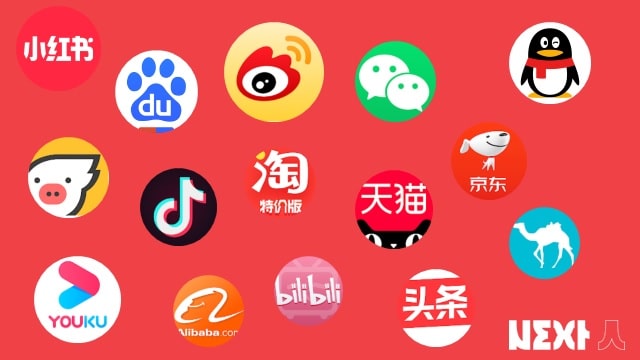What is going on with RED in China ? Recently, RED, aka. XiaoHongShu or Little Red Book, has shown some weaknesses and been criticized for the quality of its content. In the meantime, XiaohongShu continued to attract large brands like Louis Vuitton to market and sale on the platform. So, let’s take a step back. Let's see how Little Red Book is relevant for branding and digital marketing in China, by:
- First, reviewing the current challenges and issues RED is facing
- Then, analysing the strengths of the XiaohongShu and the digital marketing opportunities for brands
- And, finally giving our opinion on how and when a brand should consider leveraging the Little Red Book in China
RED: content quality and platform management is under fire
A few days ago, XiaoHongShu has disappeared from Android stores in China. This situation fostered a lot of discussion online in China with close to a million discussions on Sina Weibo.
In the meantime, Netizens used this opportunity to be very critical of the platform. They feel the content quality dropped and the volume of ads and fake reviews increased.
This suspension of RED from the android platforms is happening a bit more than a month after the platform being warmed by the Chinese Ministry of Industry and Information Technology on user data collection. This situation make you wonder if the two are connected ? Is RED in serious troubles ?
The Little Red Book management team is well aware of those challenges. They already have intended to improve the quality of the platform with a serie of measures. In January, they created a brand partner program so paid marketing post by influencer appeared as such on the platform. They continued their “cleaning” effort in May by busting over 10,000 key opinion leaders with less than 5,000 followers.
Authenticity and trusted user generated content are the key values for users to come and spend time on the platform. As such, the recent backlashes might have a direct impact on the growth and the engagement of XiaoHongShu community.
XiaoHongShu: A mix of Social and E-commerce full of digital marketing opportunities
For foreigners, RED can be seen as a mix of Instagram for the user interface and Amazon for the customers review.
Born in June 2013, RED, is now 6 years old. It has attracted a community of 200 millions users with 80 millions active users.
So far, XiaoHongShu did not grow as fast and as quickly as WeChat. And it has a long road before reaching the billion users. However, it has reached a point where it is ticking a lot of boxes to attract brands.
Red was initially design to help Chinese easily shop foreign products abroad. But it has quickly become a place where users reviewed, discussed and buy foreign products. This mix of social discussion and e-commerce is one the key value of XiaoHongShu for digital marketers.
RED discussions focus mainly on cosmetics and skincare. But, now they expanded to other topics like travel, food, sport and of course fashion.
Today, this XiaHongshu user is a young and urban woman in China. 88% of its community is female, 60% is less than 30 years old and 57% live in the top-tier city. This demographic mix of millennials and Generation Z is the key target audience for most brands in China.
With its user generated content DNA, RED is the place to be for influencers (Key Opinions Leaders - KOL) in China. Today, the platform hosts thousands of influencers. They leverage their reach to negociate paid post with brands. Some KOL are charging 1,500 USD for one post to a community as small as 10,000 followers !
Leveraging KOL in China has been a challenge for several years. The results for brands are not always been great, with a lot of fake engagement and followers. RED is no exception to those challenges. It has become one of the key platform for brands and KOL collaboration in China.
With those strengths, the platform has know attracted over 6,000 brands including Fendi, MAC, Yves Saint Laurent or Shiseido.
RED: when and how to leverage it for your digital marketing ?
The more your brand / company is matching the following statements, the more RED should be part of your digital marketing approach in China:
- RED community match your brands target audience profile: young urban Chinese Woman.
- Your brand is related to the skin-care, cosmetics or fashion industries
- You are a foreign brand looking for e-commerce options in China
- Your company has already built a strong presence and engagement on WeChat and Sina Weibo
- KOL and influencers in China is part of your strategy in China
Here at Next Ren, we believe XiaoHongShu like WeChat in the past is at a turning point. It must find the right balance between marketing / monetization and value creation. He will also need to garantee a safe environment in term of data collection to keep user trust.
Today, brands can already leverage XiaoHongshu to build their digital marketing strategy in China. But they must keep in mind the maturity and the size of the platform is not comparable to the bigger brothers like WeChat or Sina Weibo.
RED is not niche anymore but as some way to go before becoming as mainstream as WeChat.
Contact us at Next Ren Shanghai to discuss your digital marketing in China and how to include RED



